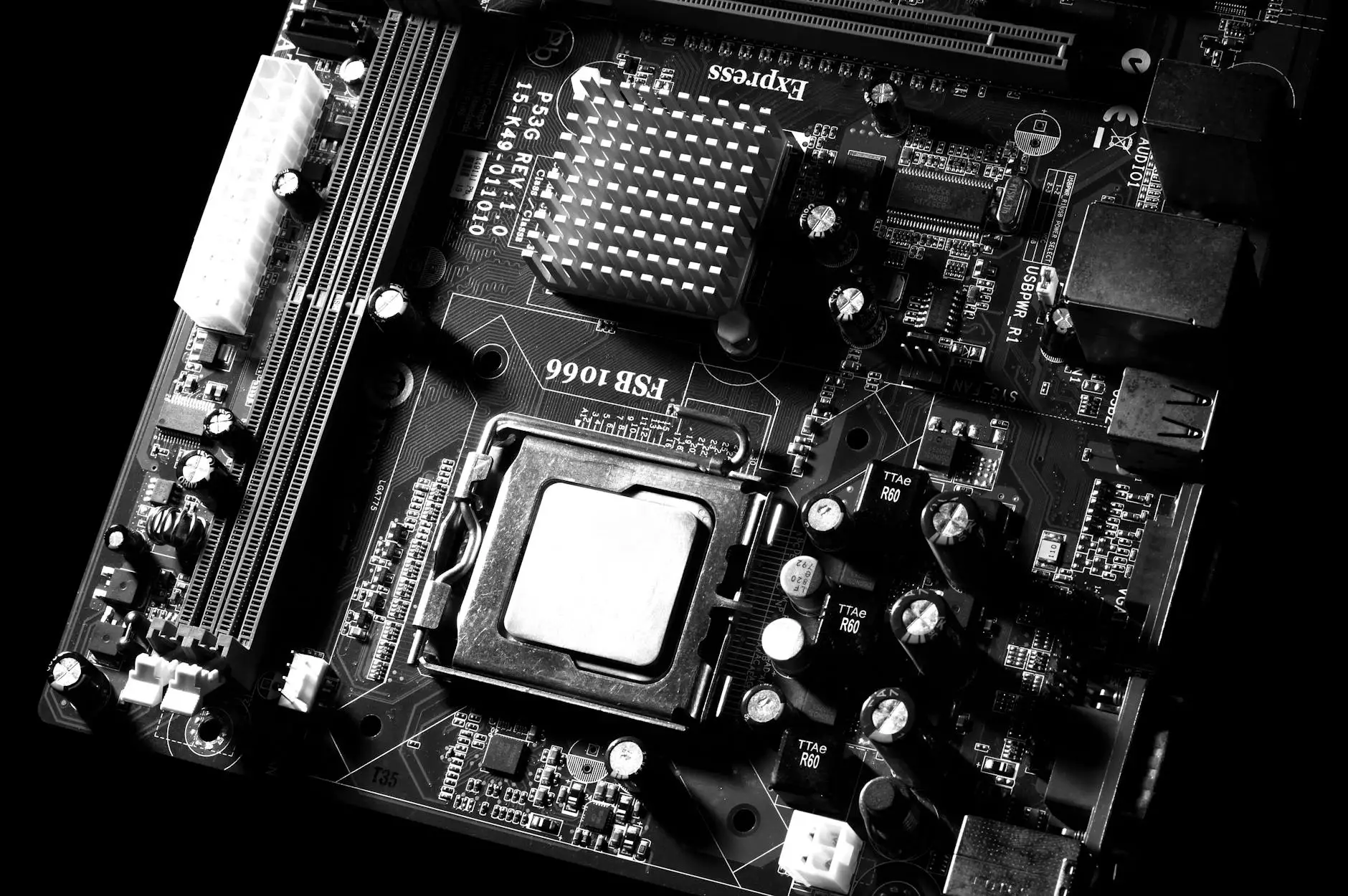Embedded Software Engineering: All You Need to Know in a Nutshell

Introduction
Welcome to PC Guy On Call, your trusted source for all things related to computers, electronics, and technology. In this comprehensive guide, we will delve into the fascinating world of embedded software engineering. Whether you're a seasoned professional or a curious beginner, this article aims to provide you with in-depth knowledge and insights into this critical field.
What is Embedded Software Engineering?
Embedded software engineering refers to the process of designing, developing, and maintaining software systems that are embedded within electronic devices. It involves creating programs and firmware specifically tailored to operate efficiently on dedicated hardware, ensuring seamless integration and optimal performance. These embedded systems can be found in a wide range of devices, including smartphones, medical devices, gaming consoles, automotive systems, and much more.
The Role of Embedded Systems
Embedded systems play a crucial role in our daily lives, often operating behind the scenes to ensure the smooth functioning of various devices and equipment. They have become an integral part of modern technology, enabling automation, enhancing user experiences, and providing advanced functionalities. With the rapid advancements in the field of computer security, embedded systems are also responsible for safeguarding sensitive information and mitigating potential vulnerabilities.
Key Components of Embedded Software Engineering
Embedded software engineering involves several key components that contribute to its successful implementation. These components include:
- Hardware: The physical components and circuits that make up the embedded system.
- Software: The programs and firmware designed to control and operate the hardware.
- Real-time Operating Systems (RTOS): Specialized operating systems used for embedded systems to ensure timely and predictable responses.
- Development Tools: Software and hardware tools used for developing, testing, and debugging embedded software.
The Development Process
1. Requirements Analysis
In the initial phase, the requirements for the embedded system are gathered and analyzed. This involves understanding the desired functionalities, performance criteria, and constraints.
2. Design and Architecture
Based on the requirements, the system's architecture is defined, and the overall design is conceptualized. This includes selecting appropriate hardware components, choosing suitable software frameworks, and identifying communication protocols.
3. Implementation
The implementation phase involves writing code, developing firmware, and integrating the software with the hardware. Developers need to ensure compatibility, optimize resource utilization, and follow industry best practices for secure coding.
4. Testing and Validation
Thorough testing and validation are crucial to ensure the reliability and quality of the embedded software. This involves conducting unit tests, integration tests, and system-level tests to identify and fix any issues.
5. Deployment and Maintenance
Once the software has passed all tests, it is deployed onto the embedded system. Maintenance involves monitoring performance, applying updates, and addressing any potential vulnerabilities that may arise.
Challenges in Embedded Software Engineering
Embedded software engineering comes with its own set of challenges. These challenges include:
- Resource Constraints: Embedded systems often operate with limited resources such as memory, processing power, and energy, requiring efficient utilization.
- Real-Time Responsiveness: Many embedded systems require real-time responsiveness, meaning they must respond within certain time constraints without any delays.
- Security: With the proliferation of interconnected devices, ensuring the security of embedded systems has become paramount to protect against potential threats and vulnerabilities.
- Interoperability: Embedded systems are often part of larger networks or ecosystems, requiring seamless integration and interoperability with other devices and systems.
The Future of Embedded Software Engineering
As technology continues to advance, embedded software engineering is expected to play an increasingly vital role in various industries. With the rise of the Internet of Things (IoT), embedded systems will continue to connect and interact with numerous devices, creating smart and interconnected ecosystems. This will necessitate an even greater emphasis on computer security, ensuring the protection of sensitive information and preventing unauthorized access.
Conclusion
In conclusion, embedded software engineering is a complex and fascinating field that encompasses the development of software systems for dedicated hardware. Understanding the intricacies of this field is essential for professionals and enthusiasts alike. At PC Guy On Call, we strive to provide valuable insights and resources to help you navigate the ever-changing landscape of embedded software engineering. Stay tuned for more informative articles and guides to further enhance your knowledge!









